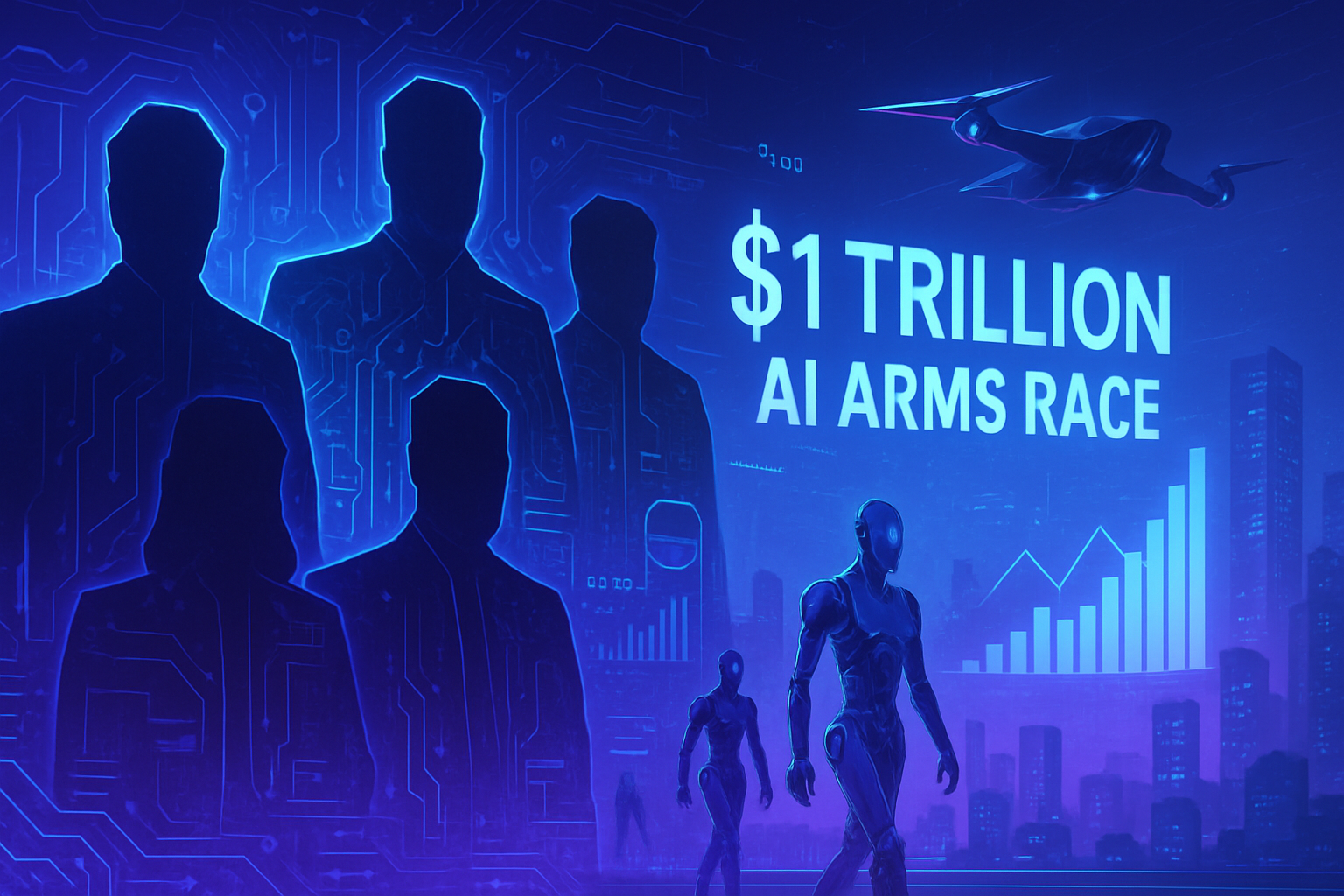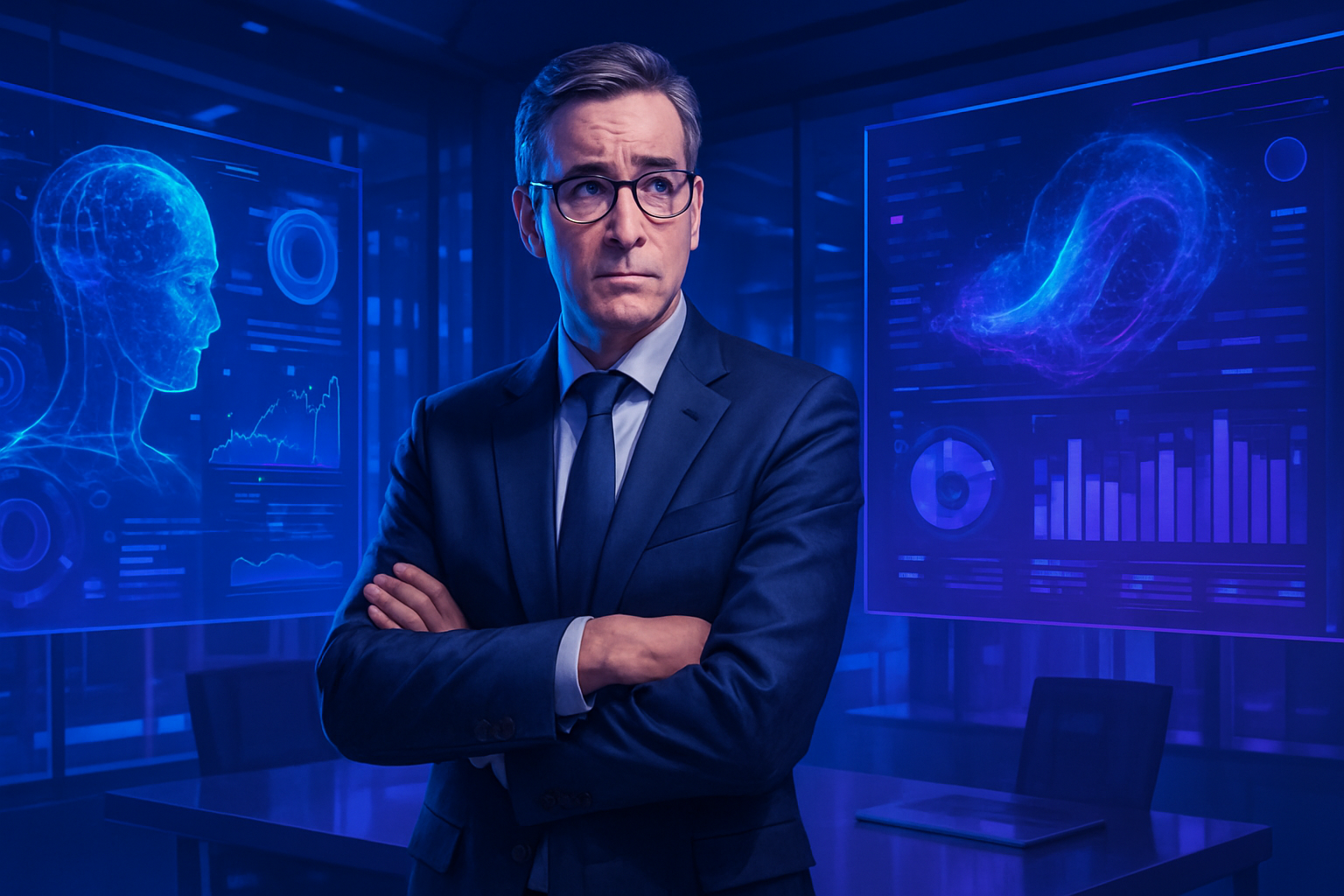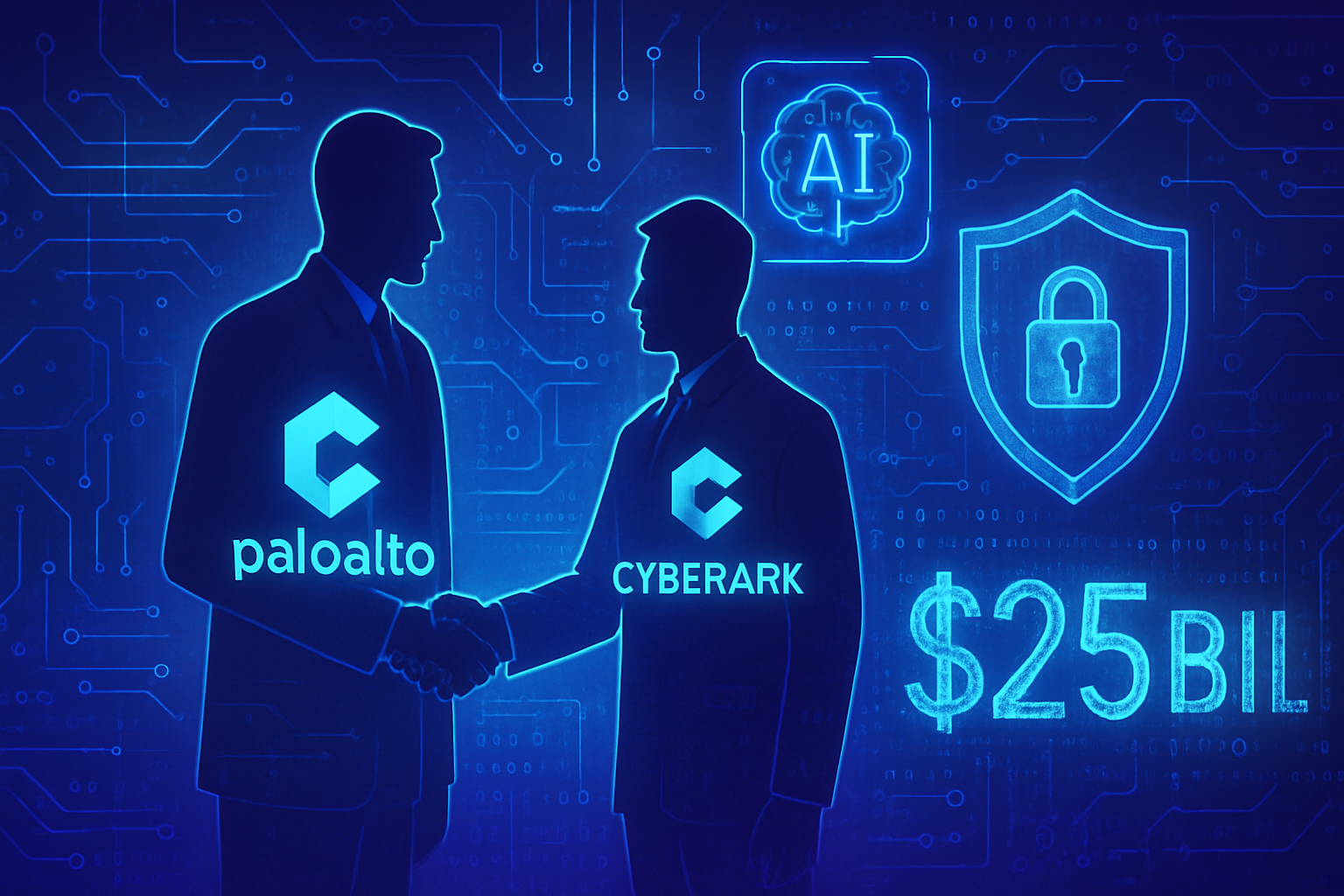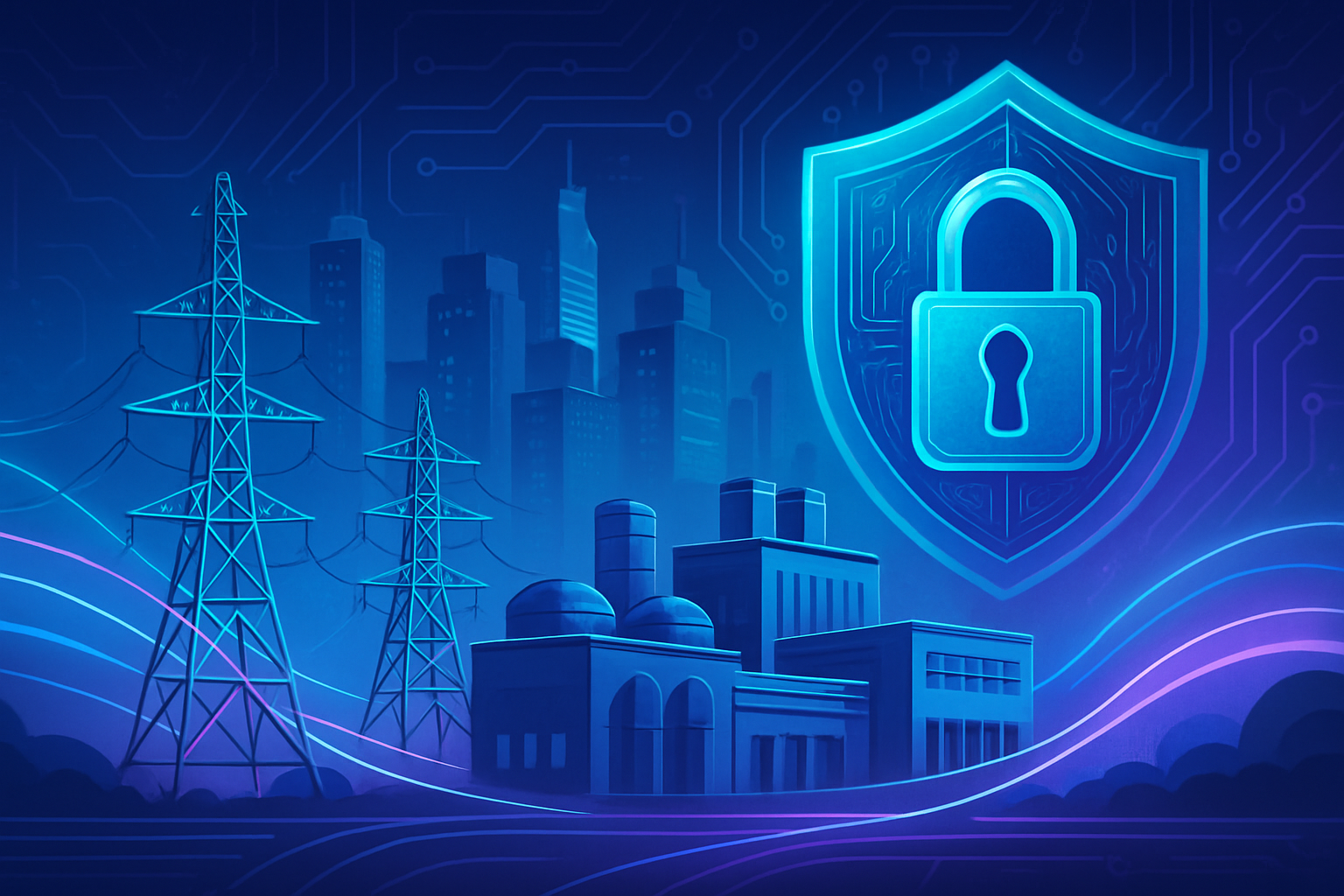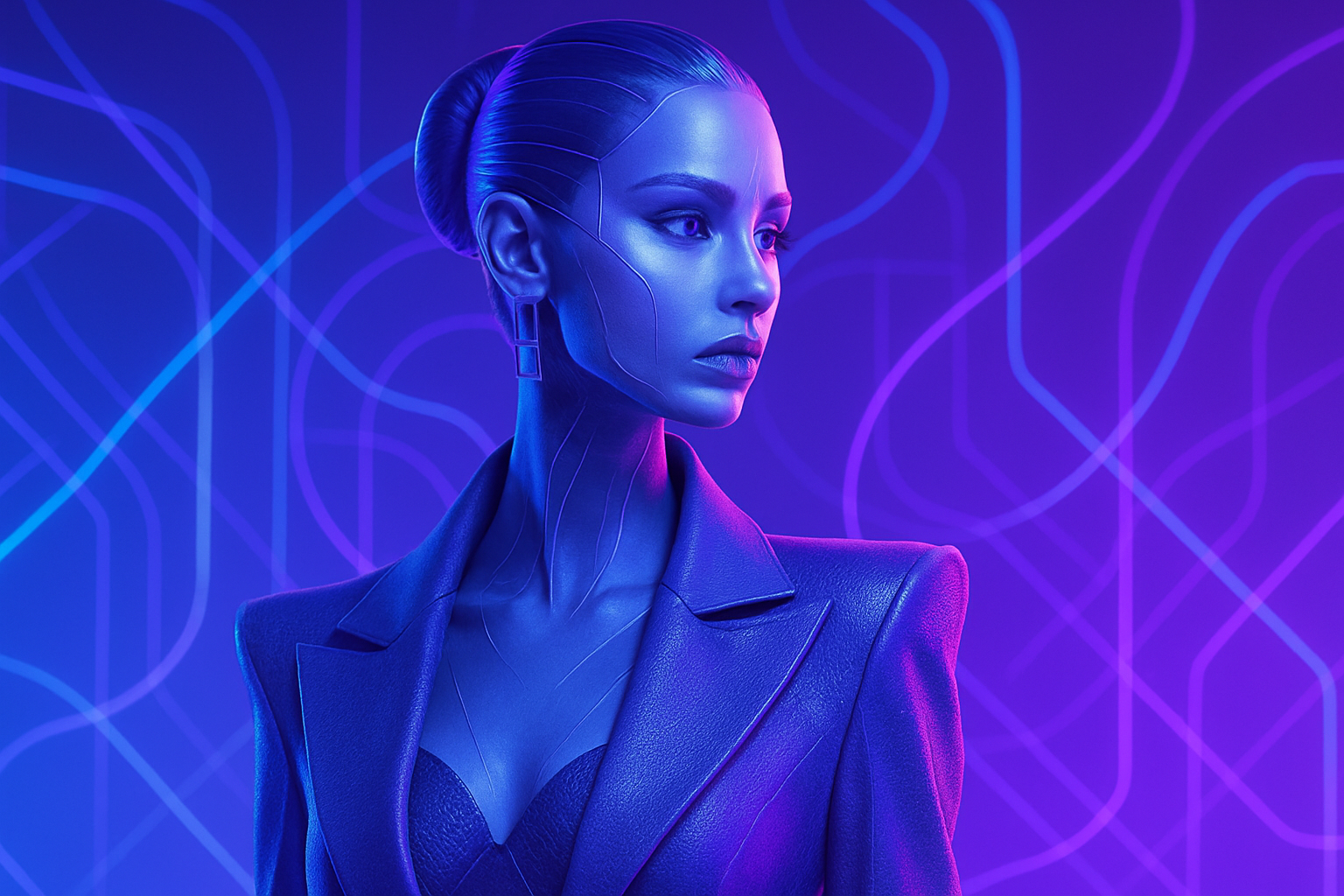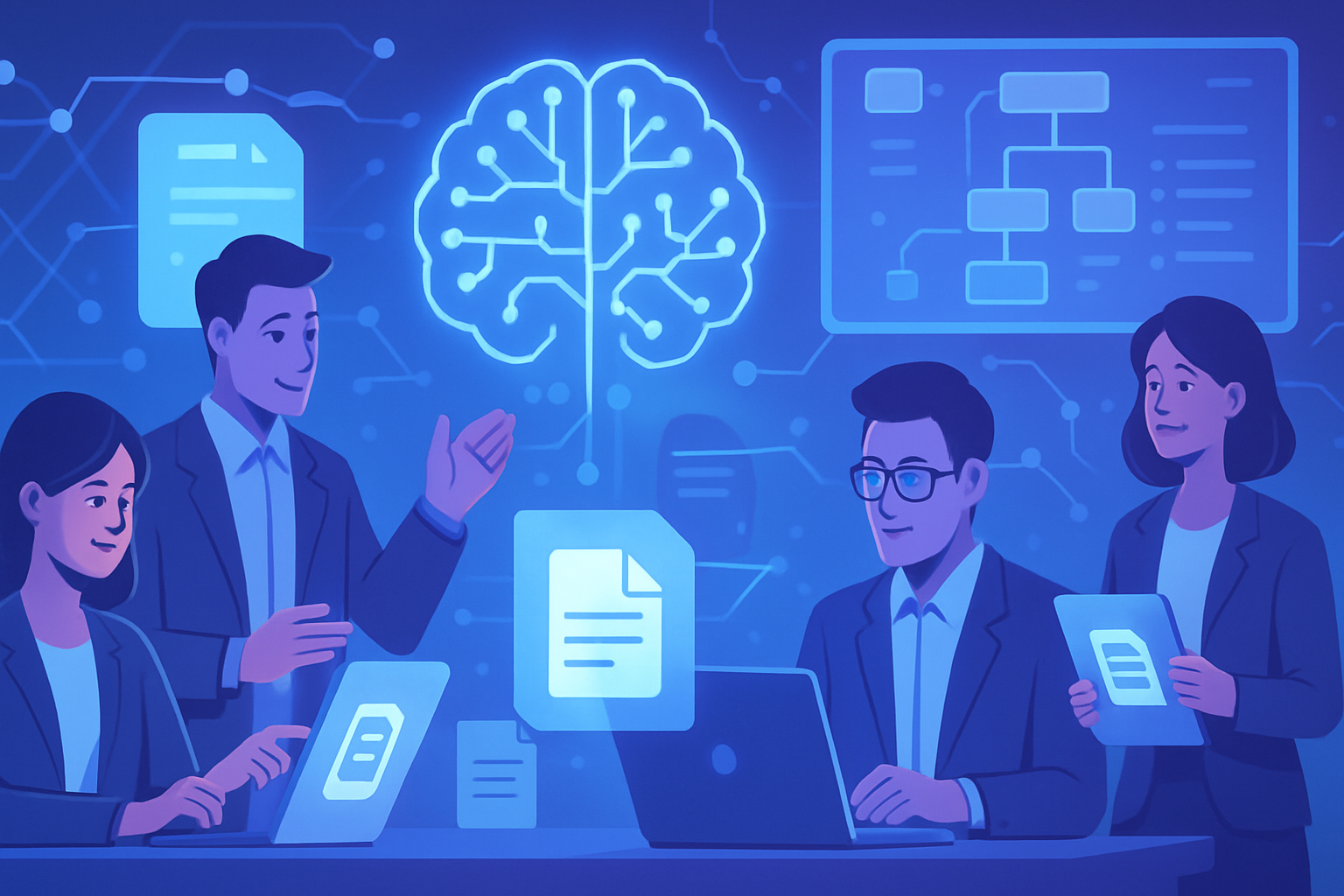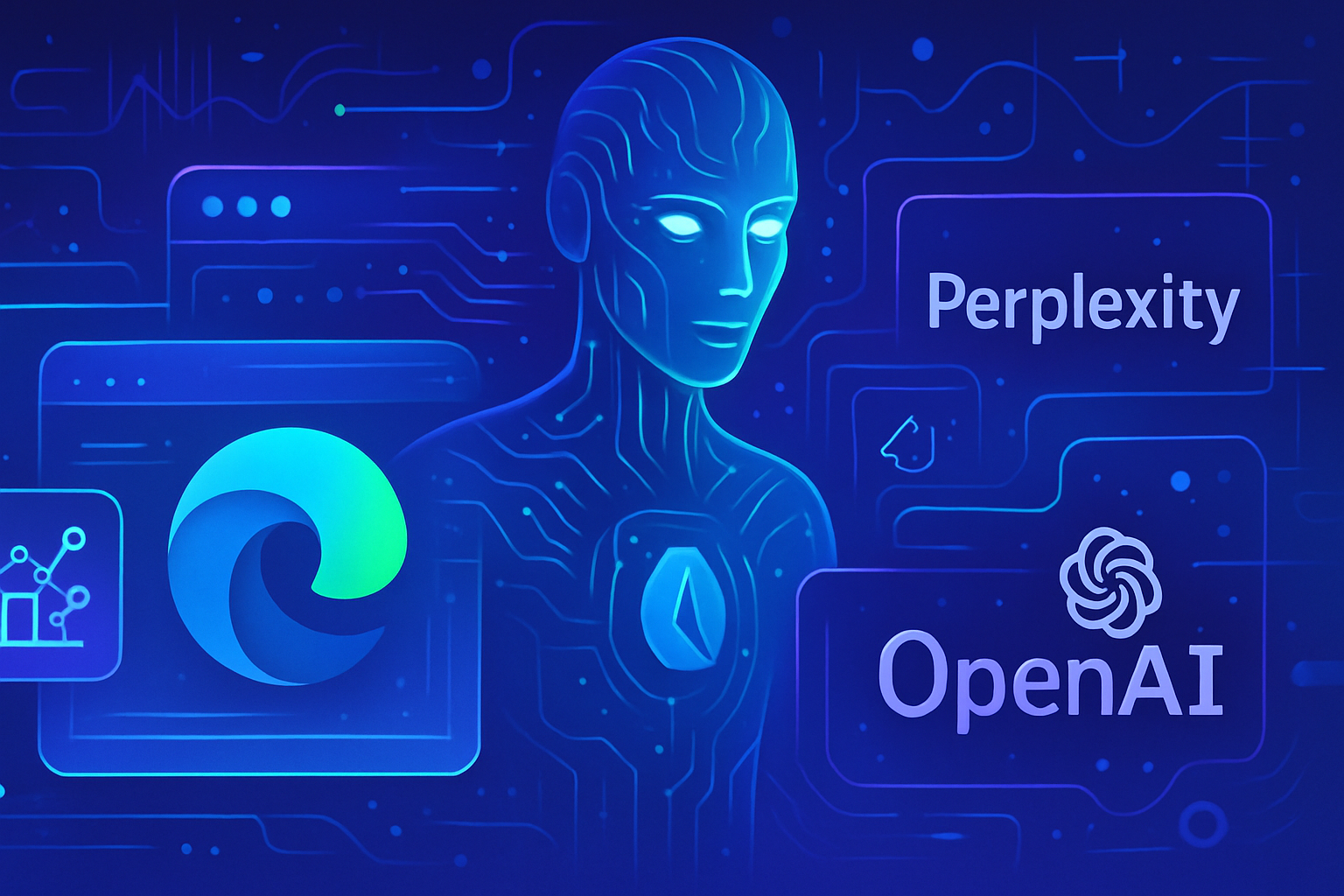The revolution in artificial intelligence is accelerating with colossal investments. Tech giants are committing unprecedented funds, reaching dizzying heights. This race for digital armaments raises major ethical and environmental questions. Every company competes to develop advanced AI systems capable of transforming entire sectors. Domination over AI could redefine the global economic balance. This leads to fierce competition that depletes natural and energy resources.
The battle for artificial intelligence
The struggle for dominance in artificial intelligence (AI) is intensifying among major tech companies. Each is investing substantial sums to provide advanced AI solutions. Forecasts estimate that global spending could reach one trillion dollars in the coming years. This reflects a clear desire to outpace competitors and attract investor attention.
The colossal investments of tech giants
Companies like Google, Amazon, and Meta are announcing ambitious budgets to develop their AI infrastructures. Google plans to allocate 85 billion dollars to expand its AI capabilities by 2025, while Amazon reported an investment of 100 billion for the same year. These amounts exceed their initial projections, reflecting a growing momentum in the sector.
Environmental impact and resources
A major challenge related to these developments concerns the environmental impact. Building massive data centers requires considerable natural resources and puts pressure on local infrastructures. Companies must therefore juggle between expanding their network and responsibly managing their ecological footprint.
AI and creative industries under pressure
AI companies are also affecting creative sectors, raising concerns among artists. Many complain that their works are used without consent to train algorithms. This situation generates increasing conflicts over copyright issues. OpenAI’s CEO, Sam Altman, stated that creative agencies could see 95% of their tasks performed by AI systems.
Reactions and lawsuits
Coalitions of artists have filed lawsuits against companies such as OpenAI and Meta. They contest the unauthorized use of their creations. These lawsuits aim to protect their rights, as the companies involved rely on the “fair use” doctrine to defend their position. However, the outcome of these legal cases remains uncertain.
Adobe’s initiatives to protect artists
Adobe, through its platform, aims to balance AI innovation and the protection of creators. Their Firefly model is designed to rely only on licensed content. This approach is intended to preserve creators’ rights while leveraging the generative capabilities of AI. The tools proposed by Adobe also aim to ensure transparency regarding the origin of digital creations.
Authentication and accountability
Transparency involves rigorous identification of AI-generated creations. Each produced work comes with an authenticity indicator. This allows artists to claim their rights and control the use of their work, thereby promoting a stronger ethic in technological development.
Regulation and government stakeholders
In the face of the rapid evolution of AI, the regulatory framework must keep pace. In the UK, the implementation of laws aimed at protecting children online highlights the need for effective regulation. Social platforms must now comply with strict rules under threat of heavy fines.
Protective measures anticipate the rise of abuses related to AI and strengthen protections for vulnerable users, especially minors. They call for a dialogue between tech companies and governments to establish appropriate safety standards.
Future prospects for AI
The arms race in AI promises to be challenging. Companies will continue to invest heavily to remain competitive while needing to meet ethical expectations. Responsible management of natural resources and copyright will be a balance to achieve. As AI transcends sectors, moral and social issues must be addressed to ensure a future where innovation and creativity thrive together.
Frequently asked questions about the arms race in artificial intelligence
What is the arms race in artificial intelligence?
The arms race in artificial intelligence refers to the intense competition among tech companies to develop and deploy advanced artificial intelligence systems, with the goal of dominating the market and maximizing profits.
Why are companies investing so much money in artificial intelligence?
Artificial intelligence is seen as a transformational phenomenon that can improve efficiency, reduce costs, and offer new business opportunities, prompting companies to invest billions to remain competitive.
Who are the main players in this AI arms race?
The main players include tech giants such as Google, Amazon, Meta, and Microsoft, who are rushing to develop AI infrastructures and applications to maintain their leadership position.
How is this arms race impacting the environment?
The construction and operation of the data centers needed to power these AI systems result in increased consumption of natural resources and pressure on local energy infrastructures, raising ecological concerns.
What are the consequences for employees in the creative sector due to AI?
Many traditional positions in creative sectors are threatened, as AI systems can now perform tasks previously reserved for humans, leading to layoffs and restructuring of work teams.
Do intellectual property laws cover artists’ work in the face of AI?
This is a complex issue; artists are filing lawsuits to defend their rights, but AI companies argue that they act under the “fair use” doctrine, creating a legal gray area regarding how protected content is used.
What measures are companies taking to protect artists?
Companies like Adobe are developing tools, such as Adobe Firefly, that respect copyright and preserve the authenticity of content while using data on which they have clear rights.
What is the future of AI in content creation?
The future of AI in creation is ambitious but raises ethical questions: finding a balance between technological innovation and respect for creators’ rights will be crucial for the acceptance and integration of AI in the creative sector.
